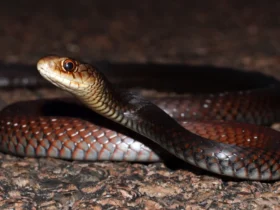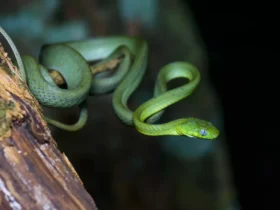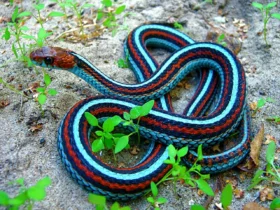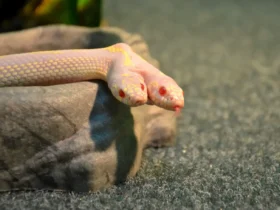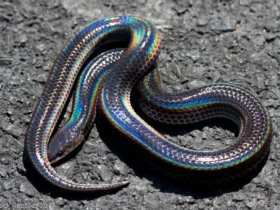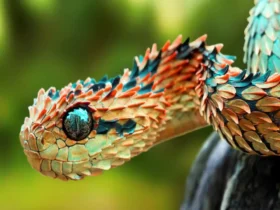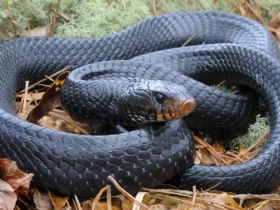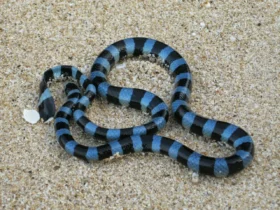The world is home to an astonishing array of reptiles, each possessing unique characteristics that captivate the human imagination. Among these extraordinary creatures is the Beauty Rat Snake (Elaphe taeniura), a striking serpent renowned for its remarkable beauty and enchanting presence. With its vibrant colors, graceful movements, and intriguing behavior, the Beauty Rat Snake has become a favorite among reptile enthusiasts and admirers alike. In this article, we delve into the captivating world of the Beauty Rat Snake, exploring its appearance, habitat, and fascinating attributes.

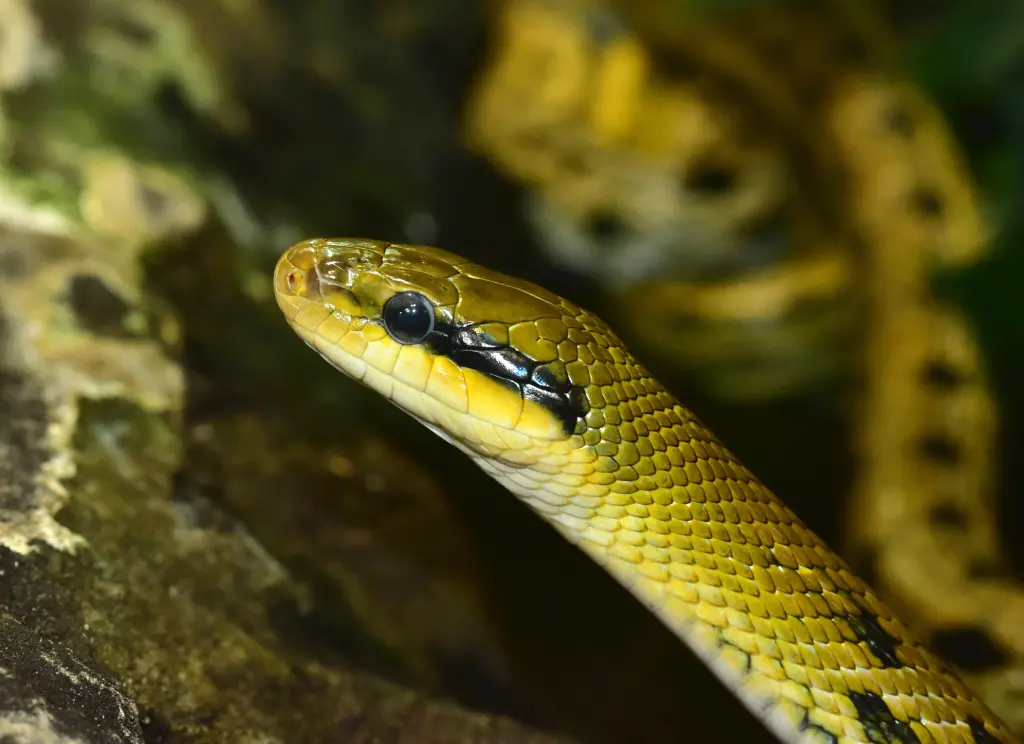
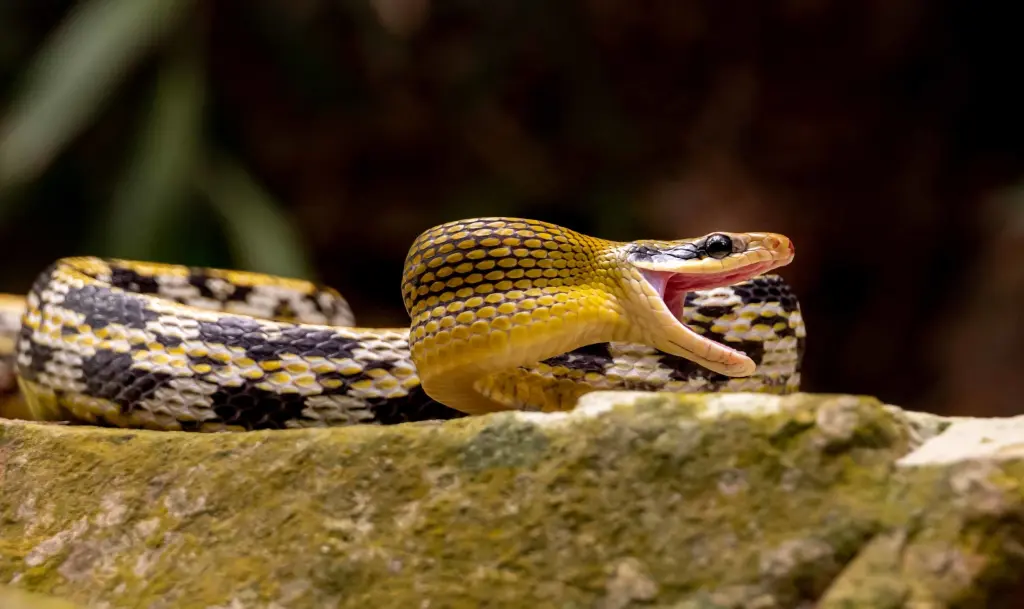
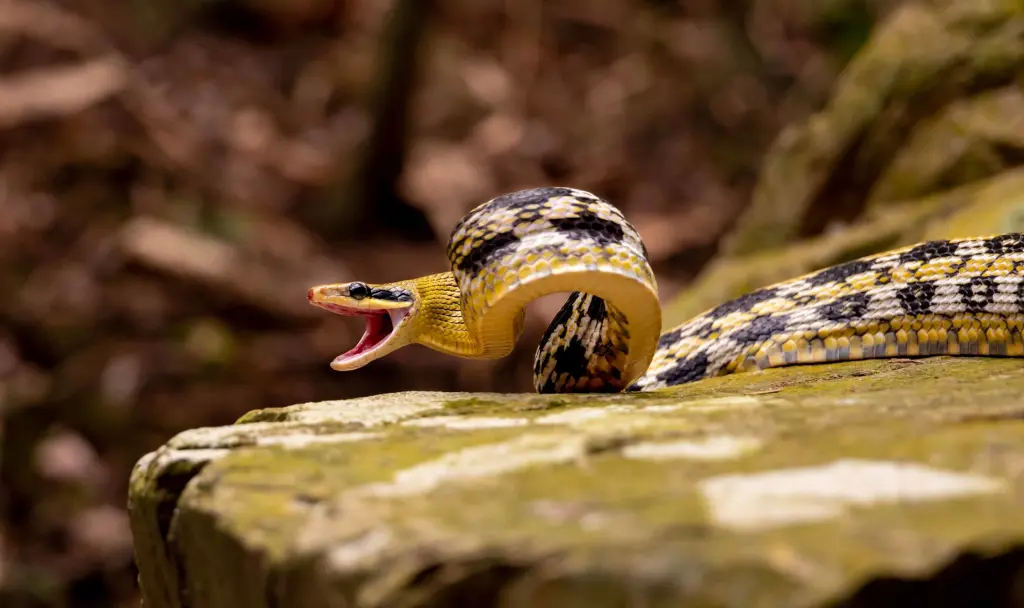
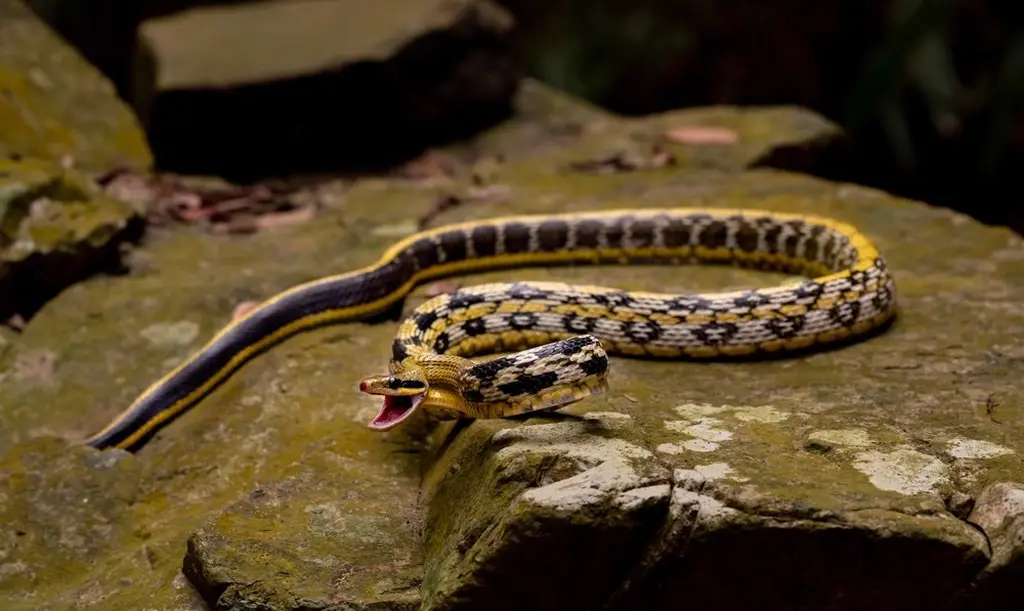
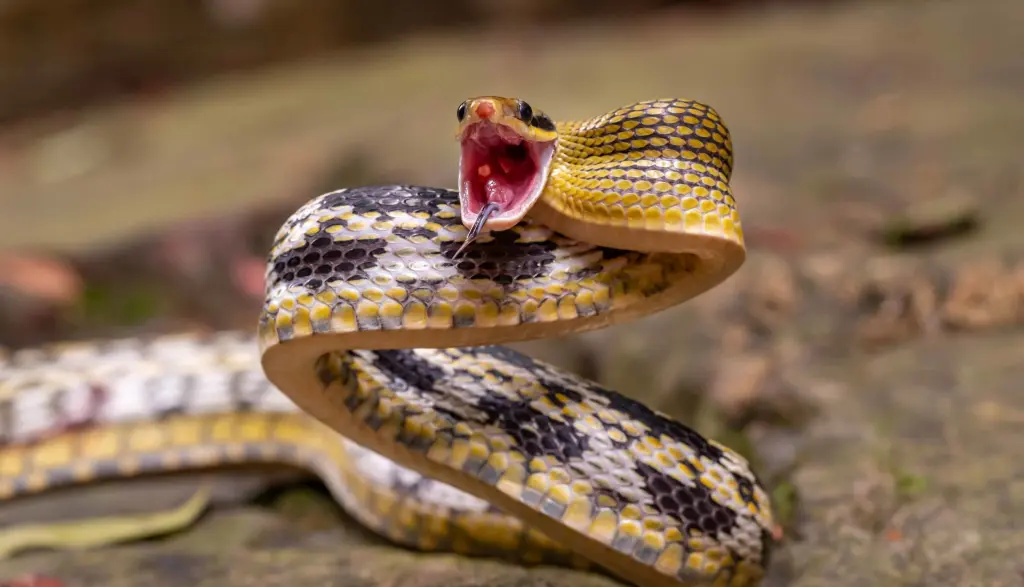
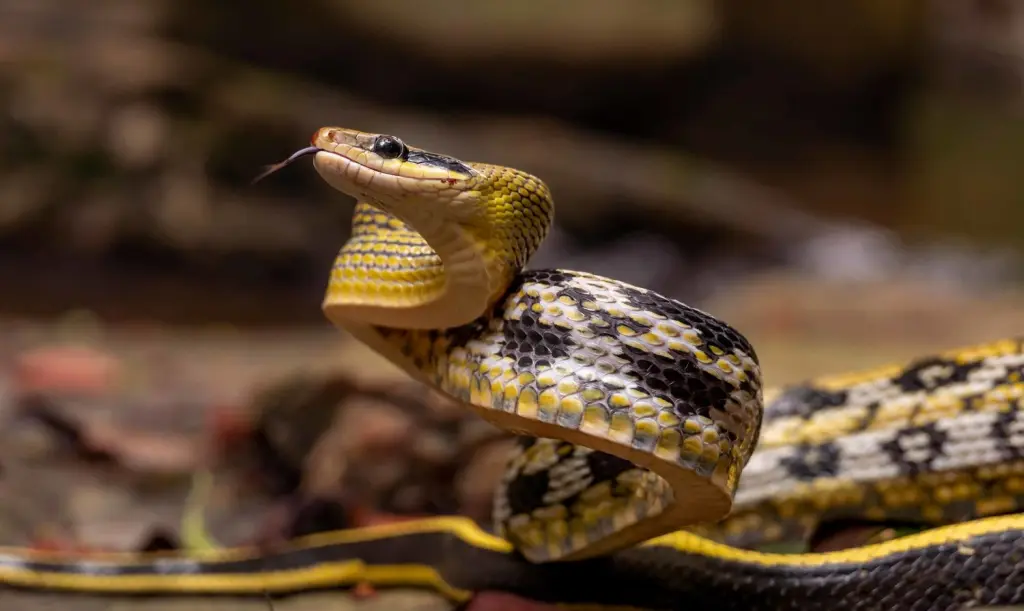
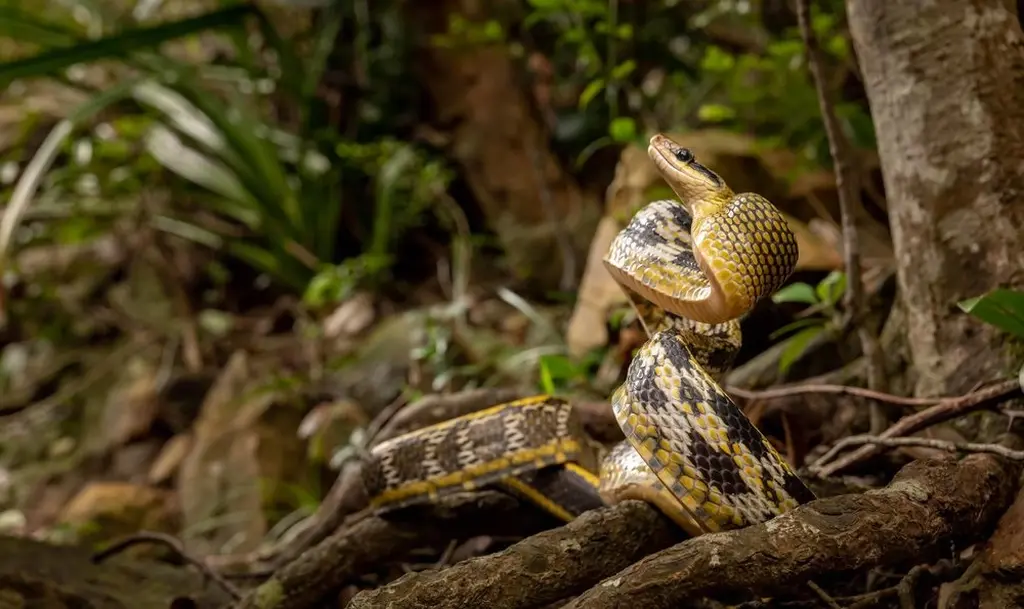
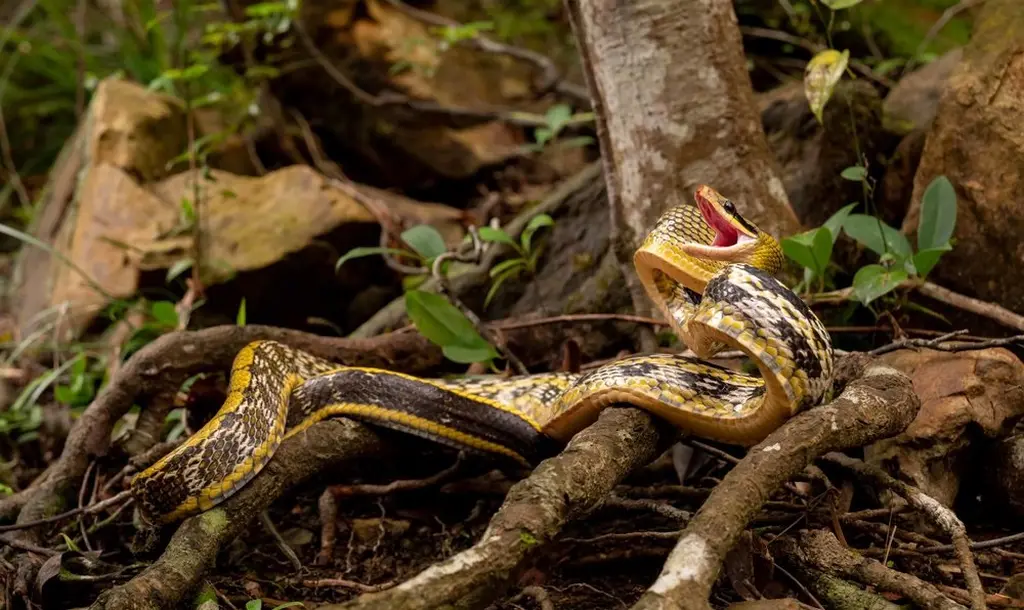

Appearance
The Beauty Rat Snake is aptly named, as its physical features truly live up to its moniker. These snakes exhibit a wide range of color variations, with hues that can mesmerize even the most discerning eyes. Their dorsal coloration can span from a brilliant emerald green to a vivid yellow or orange, often adorned with intricate patterns of stripes or bands that give them an alluring aesthetic appeal. The vivid contrast between their vibrant body colors and their jet-black eyes is simply mesmerizing.
Size and Morphology
The Beauty Rat Snake is a relatively large serpent, with adults typically reaching lengths of 4 to 6 feet, although some individuals have been known to exceed these measurements. Their slender bodies are built for agility, allowing them to navigate through various environments with remarkable ease. The species has an elongated head with smooth scales and a pointed snout, enabling it to hunt efficiently and explore narrow crevices in search of prey.
Habitat and Distribution
Beauty Rat Snakes are native to Southeast Asia, specifically found in countries such as Thailand, Myanmar, Cambodia, and Vietnam. They inhabit a diverse range of ecosystems, including forests, grasslands, and even cultivated areas. Unlike many other snake species, Beauty Rat Snakes are arboreal, meaning they spend a significant amount of time in trees. Their impressive climbing abilities and prehensile tails allow them to effortlessly maneuver through the dense foliage, making the treetops their preferred domain.
Diet and Behavior
The Beauty Rat Snake is a constrictor, relying on its powerful muscles to subdue its prey. Their diet primarily consists of small mammals, birds, lizards, and occasionally amphibians. These serpents are also known for their exceptional hunting techniques. With remarkable stealth and patience, they wait for their unsuspecting prey to approach before striking with lightning speed. Their ability to ambush their victims from above, aided by their arboreal nature, makes them highly efficient predators.
Reproduction and Life Cycle
Beauty Rat Snakes are oviparous, meaning they lay eggs to reproduce. Mating typically occurs in the spring, with females laying a clutch of 6 to 20 eggs a few weeks later. After an incubation period of around 60 days, the hatchlings emerge from their eggs, equipped with all the necessary instincts to embark on their journey through life. Young Beauty Rat Snakes often exhibit different coloration from adults, showcasing a gray or brown hue, which gradually transforms into the vivid colors seen in mature individuals.
Final Thought
The Beauty Rat Snake is undoubtedly a remarkable creature, both in appearance and behavior. Its stunning color variations, adaptability to diverse environments, and arboreal nature make it a true marvel of the animal kingdom. Although it is important to note the conservation status and threats faced by many snake species, this article aimed to focus solely on the aesthetic and fascinating aspects of the Beauty Rat Snake. As we continue to explore and appreciate the wondrous diversity of our planet, let us celebrate the captivating allure of these magnificent serpents.
